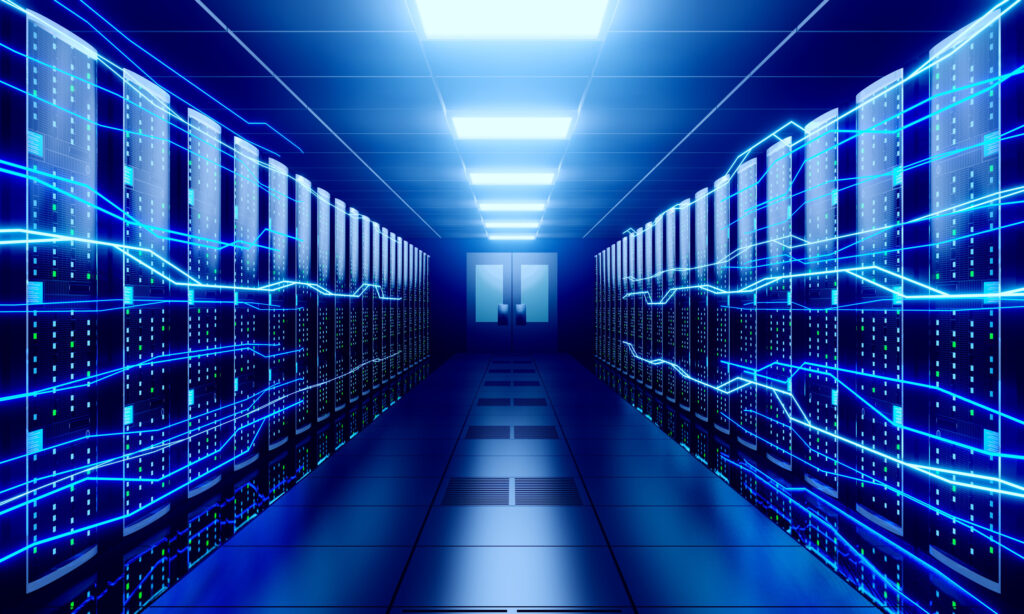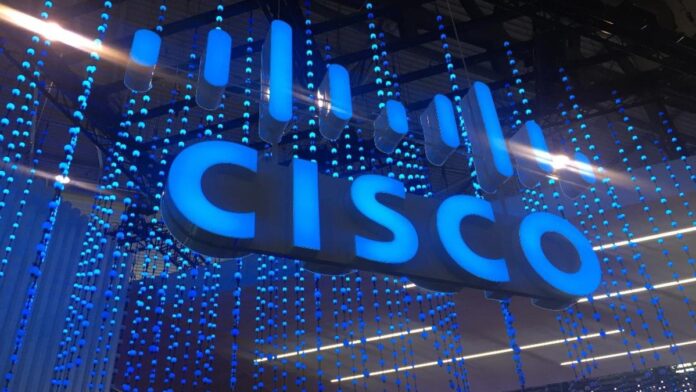Cisco delivered strong results for its Q4 and fiscal 2025, and expects a record 2026 driven by AI infrastructure growth
In sum — what to know:
AI infrastructure orders exceed goal: Cisco had set itself the goal of $1 billion in AI infrastructure order in fiscal 2025 and ended up with more than $2 billion.
Big orders in the bag: Cisco landed two orders from webscalers for fiscal 2026 that, all told, total $1 billion each.
Record year ahead: Cisco expects record performance in the coming year, with fiscal 2026 revenues expected to be between $59-$60 billion for the year.
Cisco delivered results at the high end of its guidance for its fiscal fourth quarter of 2025, with revenues up 8% year-over-year to $14.7 billion.
Orders for Cisco’s Q4 were up 7% from the year-ago period, and the company said that it took in more than $800 million in AI infrastructure orders from hyperscaler customers — meaning that AI infra orders totaled more than $2 billion for the year, more than double the company’s target of $1 billion.
Full-year revenues were up 5% from fiscal 2024 to $56.7 billion. Cisco expects its fiscal 2026 revenues to be between $59-$60 billion.
CEO Chuck Robbins said that fiscal 2025 “established a solid foundation as we turn our focus to delivering Cisco’s strongest year yet in fiscal year ’26.”
During the quarterly call with investors, Robbins said that as AI agents begin autonomously performing tasks, “the capacity requirements of the network will be compounded to accommodate both unprecedented levels of network traffic and an increasing threat landscape,” with major network upgrades expected.
Robbins pointed out the $2 billion in AI infrastructure orders from hyperscalers as evidence of Cisco’s “undeniable capability and relevance of our technology for multiple back-end use cases with some of the most technologically advanced customers.”
Robbins said that while public sector orders were down 6% year-over-year after an unusually strong fourth quarter last year, orders from service providers and cloud customers were up 49% compared to the same time in 2024. Demand from telco and cable customers saw orders up more than 20% year-over-year. But webscale orders were a huge driver in the quarter, seeing their fourth consecutive quarter of triple-digit growth.

Four out of Cisco’s top six webscale customers had order growth in the triple digits, Robbins said, adding that Cisco received two orders from webscale customers that totaled more than $1 billion for networking, security, collaboration and observability in the coming year.
Amid shifting geopolitical footing for the tech sector, Robbins said Cisco will benefit from countries and companies that are committing to domestic investments in the U.S. as part of trade agreements, and said Cisco is seeing “solid demand signals”.
“As more strategic infrastructure and manufacturing is brought onshore to the United States, Cisco is well positioned to help connect and protect these capital-intensive investments at scale,” Robbins said.
In terms of tariff impacts, CFO Mark Patterson commented that while the company has “some clarity on tariffs, we are still operating in a complex environment.” The company is working off the assumption that current tariffs and exemptions — 30% for China, 25% for Mexico and 35% for Canada, with some exceptions for certain component or items — remain in place through the end of its next fiscal year. It will also see a “small impact” from tariffs on materials like copper, steel, and aluminum. Patterson said that Cisco will use “the flexibility and agility we have built into our operations over the last few years” plus the size and scale of its global supply chain to deal with tariff impacts.
Robbins framed Cisco’s AI opportunity across three “distinct but connected pillars: Ai training infrastructure for hyperscalers; AI inference and enterprise clouds; and AI network connectivity as customers use Cisco platforms to “help modernize, secure and automate their network operations to prepare for pervasive deployment of AI agents and applications.”
Robbins added: “As we move towards Agentic AI and the demand for inferencing expands to the enterprise and end-user networking environments, traffic on the network will reach unprecedented levels. Network traffic will not only increase beyond the peaks of current chatbot interaction, but will remain consistently high with agents in constant interaction.”

